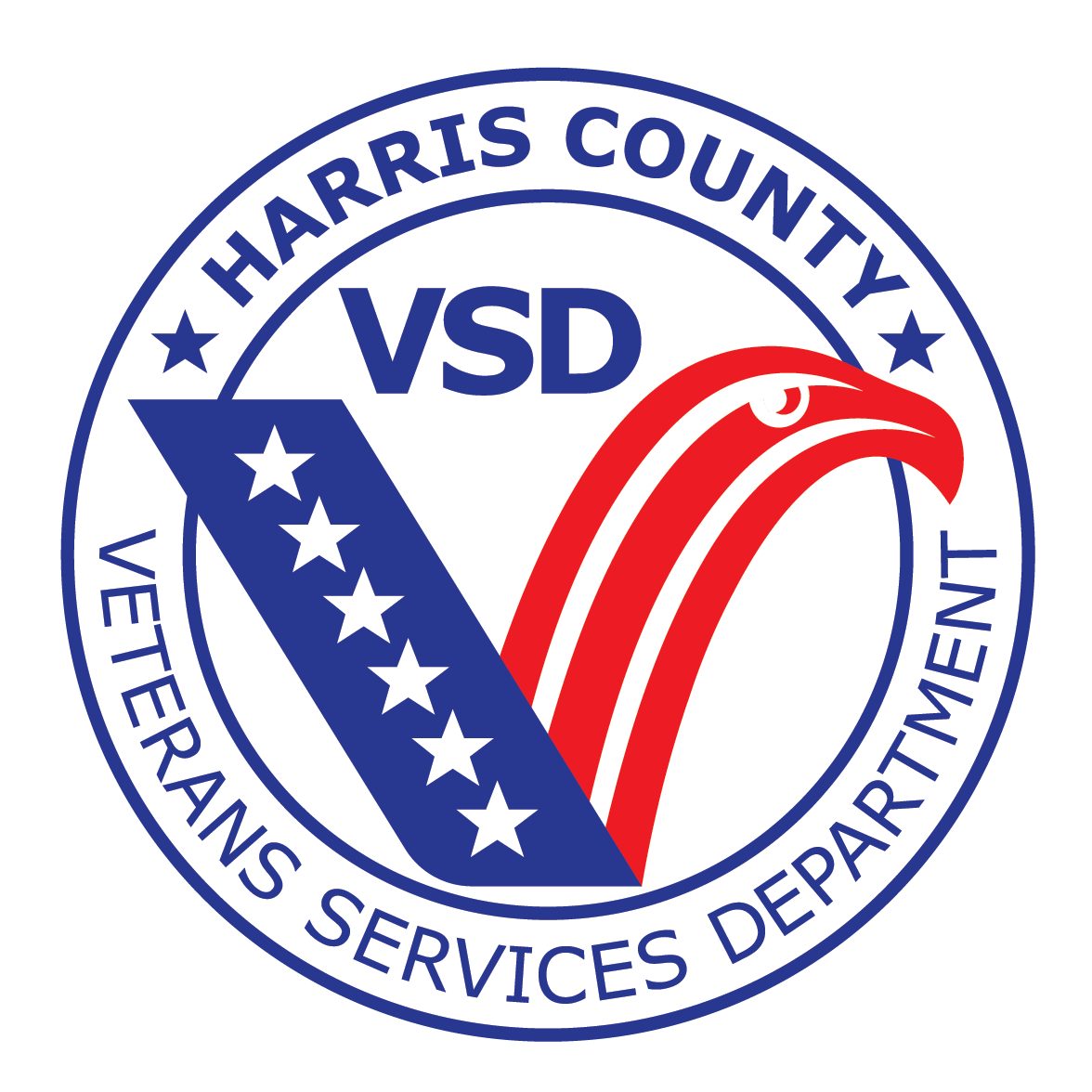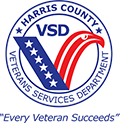
Claims
Claims Checklist
Disability Benefits.
Copy of DD-214 (Member 4 Copy)
Copy of Service Medical Record/Service Treatment Record (if available)
Copy of any private medical records (if any outside care completed)
Disability Pension.
Copy of DD-214
All necessary income and asset information (for all members of a household)
If under 65, any military, VA, SSA, or private records showing disability or inability to work.
Special Monthly Compensation/ Pension (SMC/SMP)
Healthcare provider is required to complete VA Form 21-2680 to submit with application to show a need for assistance with activities of daily living (ADL’s).
TO FILE A CLAIM
To file a claim with the Department of Veterans Benefits Administration (VBA):
The first step to filing a claim for an individual should be completing what is known as an “Intent to File” (VA Form 21-0966). This document will preserve a date of claim for up to one year (364 days) from the date of receipt by the VA. The VA WILL NOT recognize more than one intent to file concurrently (back to the date of filing) for the same benefit (i.e.- Compensation, Pension) (38 C.F.R. ⸹3.155(b)(6)).
If the claimant intends to have representation by an advocacy organization (i.e. Texas Veterans Commission), the Veterans Service Organization (VSO) must be appointed by that individual by completing a VA Form 21-22.
The next step would be to complete the actual “claim” document for the claim being sought. The actual form used will vary depending upon the benefit being sought:
21-526ez, Application for Disability Compensation & Related Compensation Benefits
21P-527ez, Application for Pension
21-686, Declaration of Status of Dependents
Etc. as applicable
* Note – Ensure that you are using the correct and most current and up-to-date forms as the VA will often deny or reject forms submitted on outdated forms.
Types of Claims
The Department of Veterans Affairs has six basic types of VA disability claims:
Original Claim – the first claim ever filed for disability compensation.
Increased Claim – this is filed after an individual is already service-connected for a disability, and the claimant is filing to have their rating increased due to the disability having gotten worse.
Special Claim – this is a claim for special needs associated to their service-connected disability, to include but not be limited to:
Specially equipped vehicle due to the service-connected disability prevents your driving, or
Temporary 100% due to recovery from surgery or hospitalization of a service-connected disability, or
Individual Unemployability if your service-connected disability prevents your gainful employment (providing certain criteria are met).
New Claim – this is a claim for benefits by a claimant for a condition or disability which has never been filed for, and is not related to any currently rated service-connected disabilities.
Secondary Claim – this is a claim for a disability which is linked to, or caused by an already service-connected disability. An example of this would be a knee injury caused by an ankle injury.
Supplemental Claim– You can file a Supplemental Claim if you meet all of the requirements listed below. All of these must be true:
VA denied your disability claim, and
You didn’t file an appeal at that time, and
You have new and relevant evidence (new supporting documents like a doctor’s report or medical test results) that we haven’t seen before and that’s directly related to your claim. For example, you might file a Supplemental Claim if you were treated for pain in your elbow while on active duty, but you were denied disability benefits because your VA health exam didn’t find a problem. Then 2 years later, an X-ray of your elbow showed signs of arthritis (a painful swelling and sometimes wearing down of a joint). In this case, you would need to send your new exam and X-ray results to us as new evidence related to the claim.
HOW DOES A CLAIM GET EXPEDITED, OR PRIORITIZED?
Certain criteria must be met for a veteran’s claim to be “flashed” or expedited for claim processing. Although many calls are received by the VA requesting to expedite a claim, evidence is needed to do so for the following reasons to prioritize a claim:
Homeless (verification of homeless services, HHS, etc.); or,
Extreme Financial Hardship (past due notices, or notifications of eviction/foreclosure, etc.); or,
Seriously Ill/Injured (Active duty); or
Terminally Ill (evidence from health care provider, hospice, etc.); or
Former Prisoner of War (FPOW); or
Medal of Honor/Purple Heart (MOH/PH); or
More than 85 years of age (typically verified with DD-214, service records); or
Participant in Fully-Developed Claim (FDC) program; or
Amyotrophic Lateral Sclerosis (ALS) or Lou Gehrig’s Disease.
Track your Claim Status
You can track the status of your claim by either calling your Benefits Advisor or you can register for eBenefits at: www.ebenefits.va.gov, or by calling them at 1-800-827-1000. On the VA’s ASPIRE site, you can find the average processing days for the regional office that is working on your claim. To find the average processing days for your state:
Find your state on the map, place your cursor within the state and click
This will open the Veterans Benefits Administration Aspire Benefits site. Click “Enter”
You should see a split table. On the left table click on “Compensation”
This will expand the table. Approximately five rows down is “Rating Claims Processing Time”
Follow that row to the right until you locate the cell located within the column of your regional office.
The number you see is the average processing days to complete a claim that requires a disability rating. The average is based on completed claims since October 1, in a given fiscal year.
What documents do I need?
Learn about the application documents that our VSOs can help you prepare. Save time and fast track your claims and appeals.






